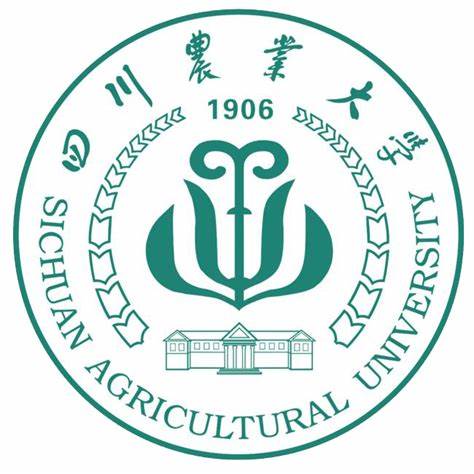Comparative analysis of Fusarium crown rot resistance in synthetic hexaploid wheats and their parental genotypes
作者: 刁圣轩 审稿人:魏育明 时间: 2023-06-08 点击次数:次
https://bmcgenomics.biomedcentral.com/articles/10.1186/s12864-023-09268-7
BMC Genomics,volume24, Article number:178(2023)
Ying Chen,Yunpeng Wang,Fangnian Guan,Li Long,Yuqi Wang,Hao Li,Mei Deng,Yazhou Zhang,Zhien Pu,Wei Li,Qiantao Jiang,Jirui Wang,Yuming Wei,Jian Ma,Qiang Xu,Houyang Kang,Pengfei Qi,Zhongwei Yuan,Lianquan Zhang,Dengcai Liu,Youliang Zheng,Guoyue Chen&Yunfeng Jiang
Abstract
Background
Fusarium crown rot (FCR) is a chronic disease of cereals worldwide. Compared with tetraploid wheat, hexaploid wheat is more resistant to FCR infection. The underlying reasons for the differences are still not clear. In this study, we compared FCR responses of 10 synthetic hexaploid wheats (SHWs) and their tetraploid and diploid parents. We then performed transcriptome analysis to uncover the molecular mechanism of FCR on these SHWs and their parents.
Results
We observed higher levels of FCR resistance in the SHWs compared with their tetraploid parents. The transcriptome analysis suggested that multiple defense pathways responsive to FCR infection were upregulated in the SHWs. Notably, phenylalanine ammonia lyase (PAL) genes, involved in lignin and salicylic acid (SA) biosynthesis, exhibited a higher level of expression to FCR infection in the SHWs. Physiological and biochemical analysis validated that PAL activity and SA and lignin contents of the stem bases were higher in SHWs than in their tetraploid parents.
Conclusion
Overall, these findings imply that improved FCR resistance in SHWs compared with their tetraploid parents is probably related to higher levels of response on PAL-mediated lignin and SA biosynthesis pathways.


